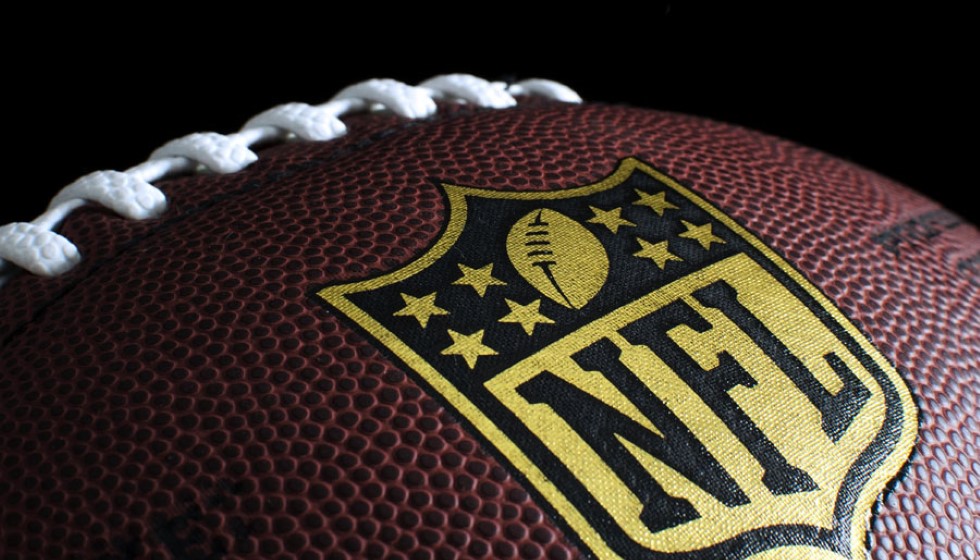
The Dallas Cowboys' Struggles with Separation and Consistency
The Dallas Cowboys, a team historically known for its offensive prowess, find themselves grappling with unexpected challenges this season. A review of their performance metrics reveals a stark contrast to the dominance they've exhibited in previous years. At the heart of the issue is their struggle to generate sufficient separation, averaging only 3.0 yards of separation per target—the second-lowest in the league. This lack of separation places added pressure on quarterback Dak Prescott, who has been forced into a high percentage of tight window throws, currently leading the league with a 22.8% tight window throw rate.
Despite these challenges, Prescott has managed to excel under pressure, leading the NFL with 36 touchdown passes. Meanwhile, CeeDee Lamb stands out as a beacon of reliability and skill, topping the league with an impressive 135 receptions. These individual accomplishments, however, contrast with the Cowboys' broader offensive decline, sliding from a top-five offense to one that now struggles below the league average in multiple metrics.
Head coach Mike McCarthy is acutely aware of the challenges his team faces. Leveraging advanced analytics, McCarthy is exploring innovative strategies to bolster the Cowboys' performance. "Going back to what I said earlier, to '22, '23 comparables, from a workload capacity, the GPS is higher than the prior two teams," McCarthy notes, highlighting the increased effort and energy his players exhibit. However, he acknowledges that "the details and attention need to go up."
McCarthy’s Approach to Team Dynamics
In a bid to address these gaps, McCarthy has adopted several unconventional methods. He has emphasized self-scouting to foster player development, initiating early morning cross-functional practices at 7 AM. Moreover, McCarthy has organized "across the hall" meetings, facilitating communication between offensive and defensive players, fostering unity and understanding within the team.
McCarthy’s commitment to innovation is mirrored in his internal focus on the team's trajectory, prioritizing self-assessment over external critiques. "For me to address to those comments, I don't because they don't carry any weight with me because I watch all the tape," he asserts, demonstrating his confidence in the measures he's implementing to correct the team's course.
This focus on internal evaluations suggests a clear understanding of the need for self-awareness. "You got to make sure you know exactly who you are. What you put on film Sunday, that's who you are," McCarthy states, emphasizing the importance of authenticity and self-reflection in their performance analysis.
McCarthy's innovations, rooted in data and introspection, aim to reconcile the Cowboys' individual excellence with their collective inconsistencies. While the top performances of Prescott and Lamb provide shining highlights, the overall team dynamics reveal discrepancies that statistical analytics alone cannot solve.
The Road Ahead
As the Cowboys navigate these challenges, the team's ability to integrate McCarthy's strategic innovations with their on-field execution will be crucial. Their internal GPS tracking data suggests an increased workload capacity, promising a potential resurgence if paired with improved attention to detail. "If you hear it from somebody else, it just carries more weight," McCarthy remarks, recognizing the significance of external insights in driving internal change.
Ultimately, the Cowboys' journey this season underscores the complexity of team dynamics in the NFL. While statistics provide a snapshot of performance, the narrative is far richer, woven with the threads of strategy, innovation, and self-discovery. McCarthy's approach combines these elements, striving to harmonize the Cowboys' individual stars with the cohesive performance needed for success on the field.